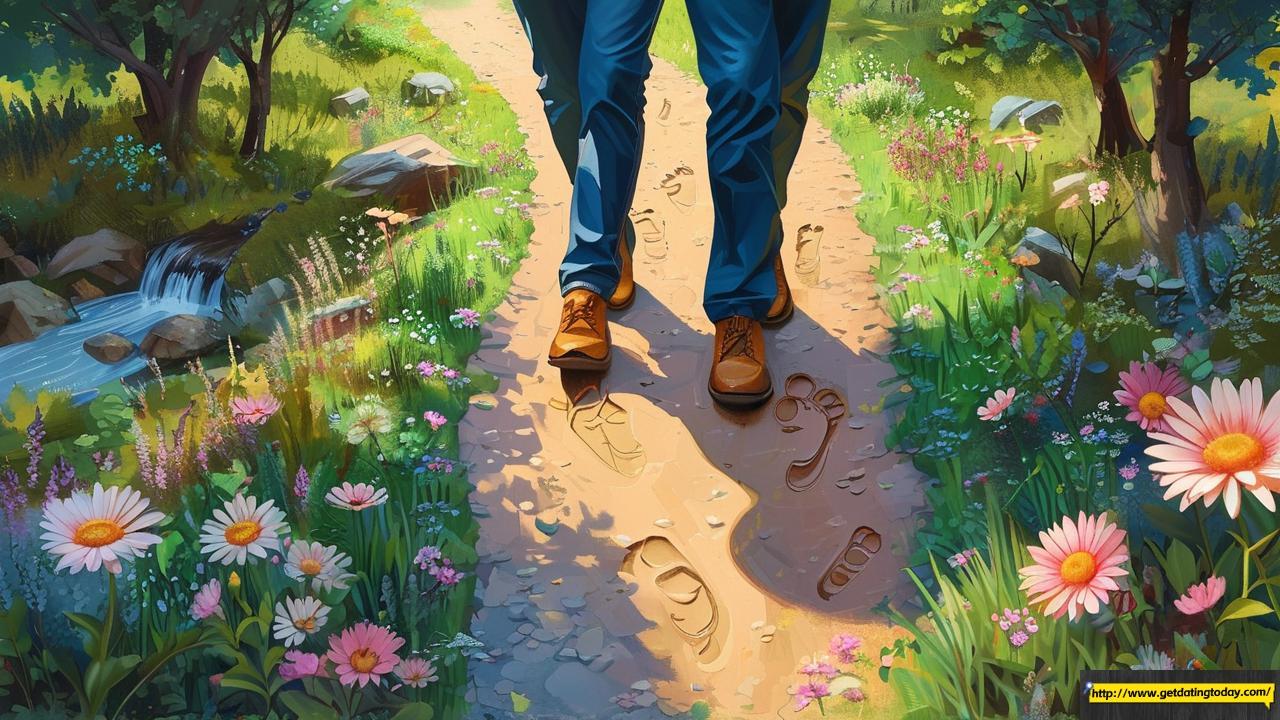Picture this: two strangers laughing over spilled paint during a pottery class, their hands covered in clay but eyes locked in mutual delight. Across the city, a couple navigates a hiking trail, their synchronized footsteps echoing shared enthusiasm for nature’s whispers. These aren’t just cute moments—they’re compatibility detectors in disguise.

The Science of Shared Sparks

Harvard researchers found couples with three or more overlapping hobbies report 34% higher relationship satisfaction. Why? Shared passions act as emotional Velcro, creating micro-moments of connection that reinforce bonds. Think of compatibility as a mosaic—common interests are the colorful tiles that, when arranged intentionally, reveal a breathtaking pattern of “us” rather than just Overlaps**
Compatibility isn’t about cloning each other’s personalities. A 2023 Match.com study revealed 62% of successful couples discovered shared interests after dating began. The magic lies in curiosity:

- The Activity Swap
Trade “me time” hobbies like puzzle-solving or cooking for tandem versions. Baking together becomes chemistry lab meets love language—flour fights included.

- Adventure Banking
Plan quarterly “mystery dates” where you each introduce the other to your niche passions. Imagine salsa dancing meets birdwatching—unexpected fusion creates memorable emotional deposits.

- Digital Archaeology
Scroll through each other’s Spotify Wrapped or Goodreads lists. Music tastes and reading habits often reveal unspoken values—a classical music lover and a punk rock enthusiast might bond over shared intensity.

From Parallel Play to Passion Projects
Psychologists call it “goal contagion”—when partners unconsciously adopt each other’s objectives. Turn shared interests into co-created missions:
- Start a duo blog reviewing indie coffee shops
- Train together for a charity marathon
- Build miniature fantasy landscapes (terrarium couples, unite!)
These jokes” in project form. Like emotional 3D printers, they materialize abstract compatibility into tangible memories.
The Goldilocks Principle of Interests
Balance is key. UCLA’s Love Lab warns against “hobby enmeshment”—couples who share all interests risk losing
- 70% shared activities (the glue)
- 30% separate passions (the growth engine)
Think of it like a good playlist: familiar favorites create comfort, while new tracks keep things exciting.
Passion Maintenance 101
Interests evolve—and so should your shared pursuits. Schedule quarterly “interest check-ins”:
*“What made you feel most alive this season?”
“Any childhood hobby you’d resurrect?”
“What YouTube rabbit hole have you fallen into lately?”*
One couple I interviewed revived their spark by learning ASL together after 12 years of marriage. Their secret? “Fingerspelling became our new flirting language.”
When Sparks Need Reigniting
Even shared passions can grow stale. Try these reboots:
- Role Reversal
Let the novice lead—if she’s always been the photography expert, hand him the DSLR and embrace beginner’s mind together.
- Cross-Pollination
Blend interests creatively: Foodies + gamers could host Mario Kart tournaments with sushi power-ups.
- Nostalgia Mining
Recreate your first shared hobby experience. That awkward first dance lesson? Now it’s a.
The Compatibility Compass
Ultimately, shared hobbies aren’t about the activity itself, but what they reveal:
- How you handle frustration (rock climbing fails)
- Capacity for joy (singing off-key at concerts)
- Willingness to venture beyond comfort zones
Like breadcrumbs in a forest, these moments create a trail back to each other when life gets stormy.
Your mission isn’t to find a clone, but a collaborator for life’s grand passion project. So grab those pottery tools, hiking boots, or cooking utensils—your next shared laugh over a “disasterpiece” might just be the compatibility clue you’ve been seeking. After all, the best relationships aren’t found—they’re built, one shared “aha!” moment at a time.
